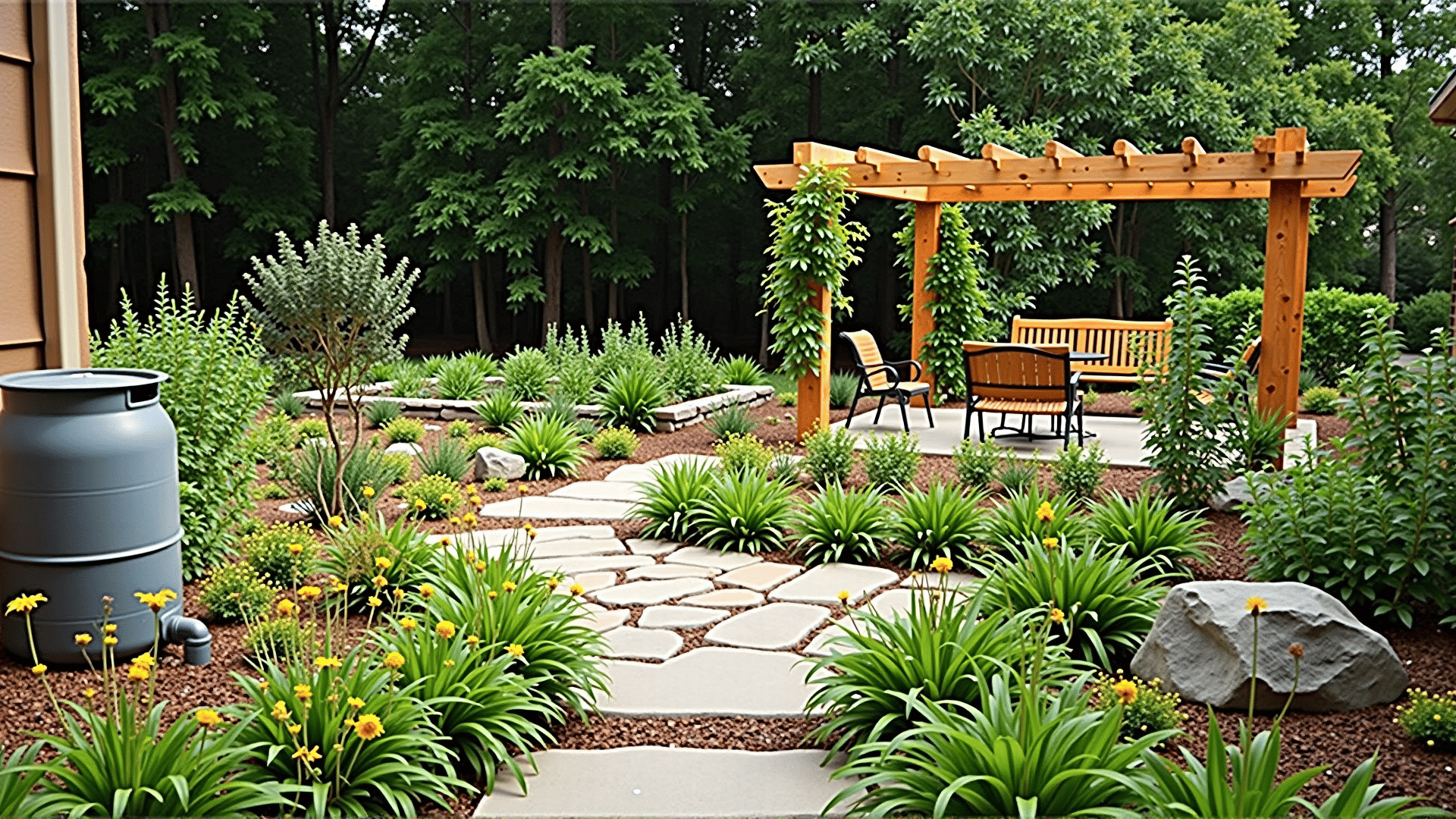Creating an eco-friendly garden is an enriching journey that not only enhances the beauty of your outdoor space but also contributes to environmental health. By embracing principles such as biodiversity, water conservation, and energy efficiency, you can design a garden that thrives harmoniously with nature.
Biodiversity
Encouraging biodiversity in your garden begins with selecting a diverse range of plant species. A mix of native plants, herbs, vegetables, and flowering species creates a balanced ecosystem. Native plants are particularly vital, as they are adapted to the local climate and soil conditions, reducing the need for extra care.
By incorporating a variety of plants, you attract beneficial insects and pollinators, such as bees and butterflies, which are essential for plant reproduction. Providing habitats, like birdhouses and insect hotels, further supports wildlife. Also, consider growing a mix of perennials and annuals to maintain a vibrant garden throughout the year, offering varied resources for different species.
Water Conservation
Smart water management is crucial for an eco-friendly garden. One effective strategy is using drought-resistant plants that require minimal watering. Implementing a rainwater harvesting system, such as rain barrels or cisterns, is an excellent way to collect and utilize water naturally provided by rainfall.
Creating a rain garden can also help manage stormwater runoff. This type of garden is designed to capture and absorb rainwater, preventing erosion and promoting groundwater recharge. Additionally, employing mulch around plants helps retain soil moisture and reduces the need for frequent watering.
Energy Efficiency
Designing a garden with energy efficiency in mind can have lasting benefits. Start by positioning your garden strategically around natural light. Group sun-loving plants together in areas that receive the most sunlight to maximize photosynthesis and growth.
Incorporating trees and shrubs can provide natural shading, reducing the need for mechanical cooling for adjacent structures during hot months. Furthermore, using solar-powered garden lights and pumps minimizes reliance on conventional energy sources, further reducing your ecological footprint.
Conclusion
Integrating these eco-friendly principles into your garden design not only contributes to environmental sustainability but also results in a thriving, resilient, and attractive outdoor space. By promoting biodiversity, conserving water, and optimizing energy use, you create a garden that flourishes in harmony with the natural world, offering benefits for both the environment and your personal enjoyment.
